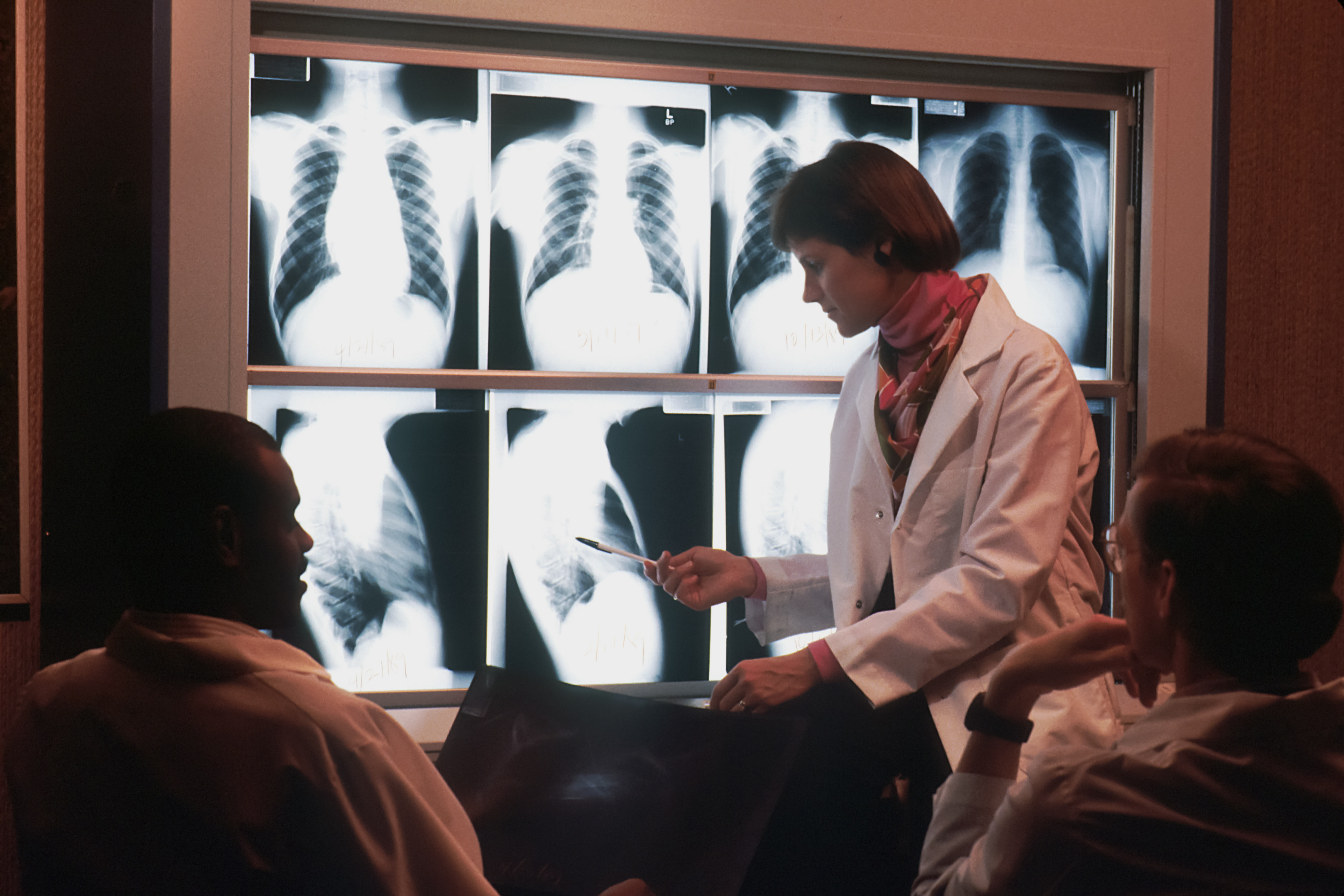
3D Mammography/ Tomosynthesis
Mammography is a medical imaging technique using low dose X-ray to visualise inside the breast. A mammogram is a scan used to detect or screen for breast diseases. Breast tomosynthesis, often referred to as 3D mammography, is a technology whereby multiple images are taken at different angles in order to create a 3D image. This allows for greater image clarity and resolution.Fastest, Highest Resolution 3D Mammography System
Harbour Radiology has invested in the latest advancement in breast imaging technology: 3D Mammography Breast Tomosynthesis. Compared to 2D mammography, 3D mammography boasts impressive statistics, including a 27% increase in detecting breast cancers, a 40% increase in detecting invasive breast cancers, and a 17% reduction in false positives.

What is Breast Tomosynthesis/3D Mammography?
Breast tomosynthesis, also known as 3D Mammography, is an advanced type of mammography which utilises low dose X-Ray's and computer reconstructions to map the inside breast tissue. The machine uses an x-ray tube which moves in an arc around the breast. This creates a 3-dimensional image of the breast which can overcome some of the shortcomings with conventional mammography. Tomosynthesis is particularly beneficial for patients with dense breasts.
Frequently Asked Questions
Screening mammograms are recommended for asymptomatic women, typically performed annually or biennially, especially for women aged 50-69. They are vital for early detection of unsuspected cancers. On the other hand, diagnostic mammograms are used to assess suspected abnormalities, such as lumps, nipple discharge, or changes in breast size or shape.
Mammography utilises low-dose X-rays to evaluate breast health in symptomatic women and as a screening tool for the general population. It can detect small cancers long before they are palpable, significantly enhancing the effectiveness of cancer treatment. While mammography alone may not identify all breast cancers, ultrasound is often employed to further assess breast tissue and improve detection rates.
Lorem ipsum dolor sit amet, consectetur adipiscing elit, sed do eiusmod tempor incididunt ut labore et dolore magna aliqua. Ut enim ad minim veniam, quis nostrud exercitation ullamco laboris nisi ut aliquip ex ea commodo consequat.
How to prepare for a 3D Mammography
Before a Mammogram
To ensure optimal comfort and accuracy, we recommend scheduling your appointment one week after your menstrual cycle, avoiding the use of talcum powder, antiperspirant, perfume, or lotions on the day of examination. It’s best to wear a two-piece outfit, as you will need to remove your shirt and bra and change into a gown. Inform our staff if you are pregnant or suspect pregnancy. Bring a current referral from your doctor and any relevant films or reports, along with your Medicare card
During a Mammogram
Our experienced radiographers will guide you through the process, positioning each breast on a flat plate and gently compressing it to improve image quality. While this compression may cause discomfort, it enhances clarity in the images. Additional imaging, such as ultrasound or x-rays, may be performed for further evaluation.
After a Mammogram
Following your examination, our radiologists will interpret the results and provide a comprehensive report to your referring doctor or specialist. It’s crucial to schedule a follow-up appointment to discuss the findings. Any tenderness post-examination should subside within a few days.